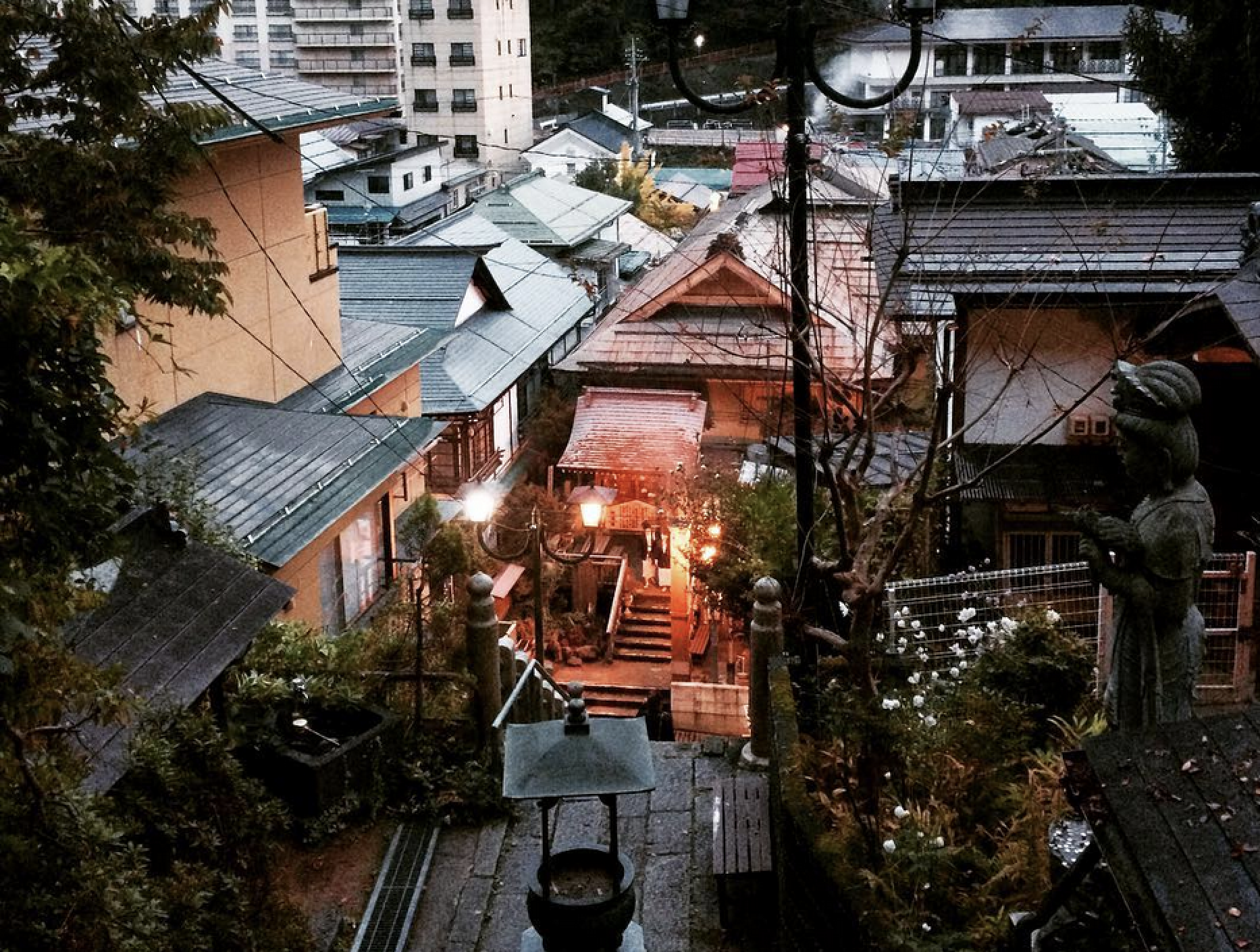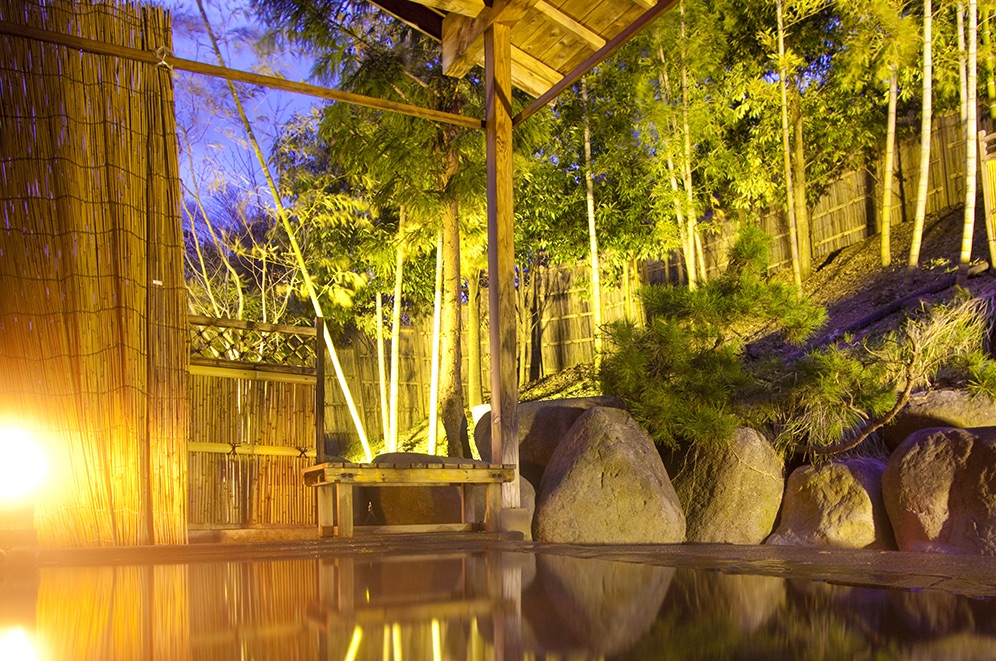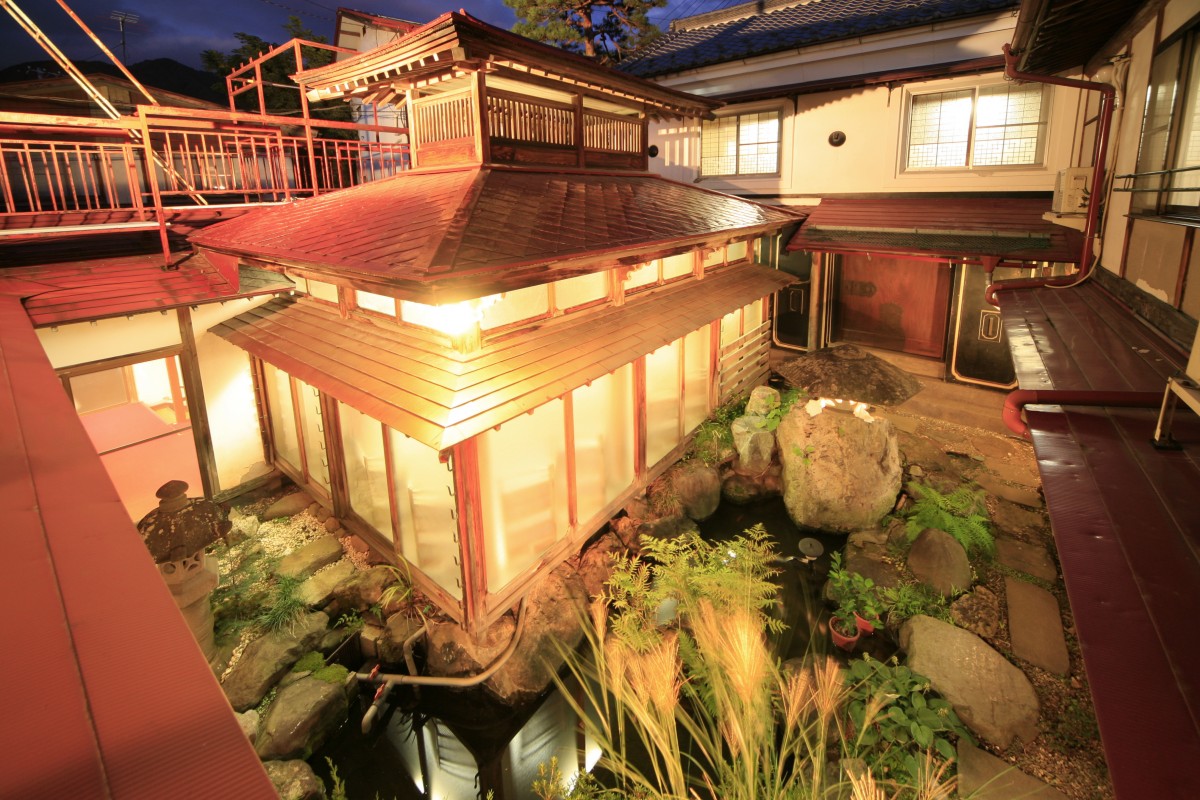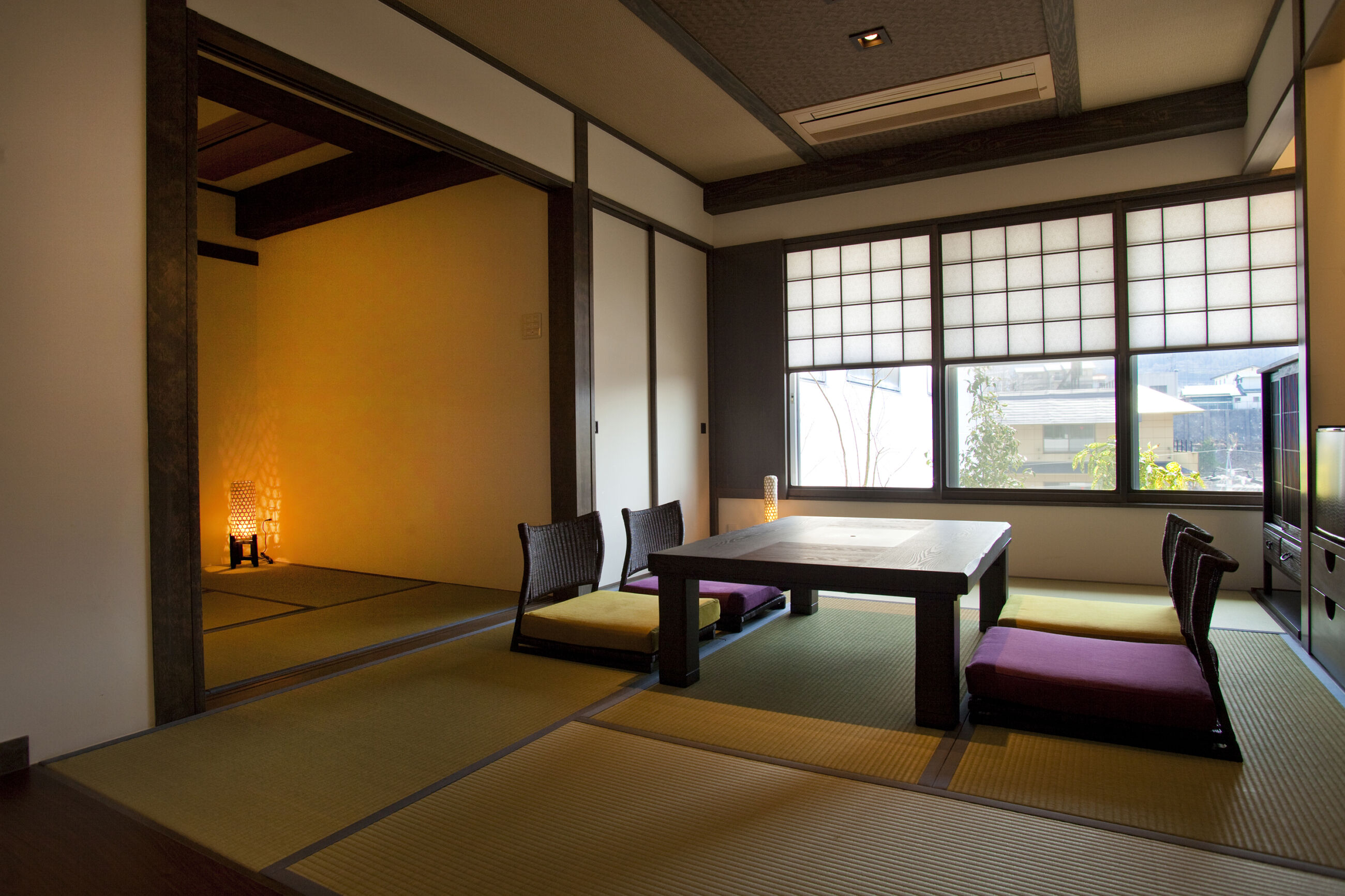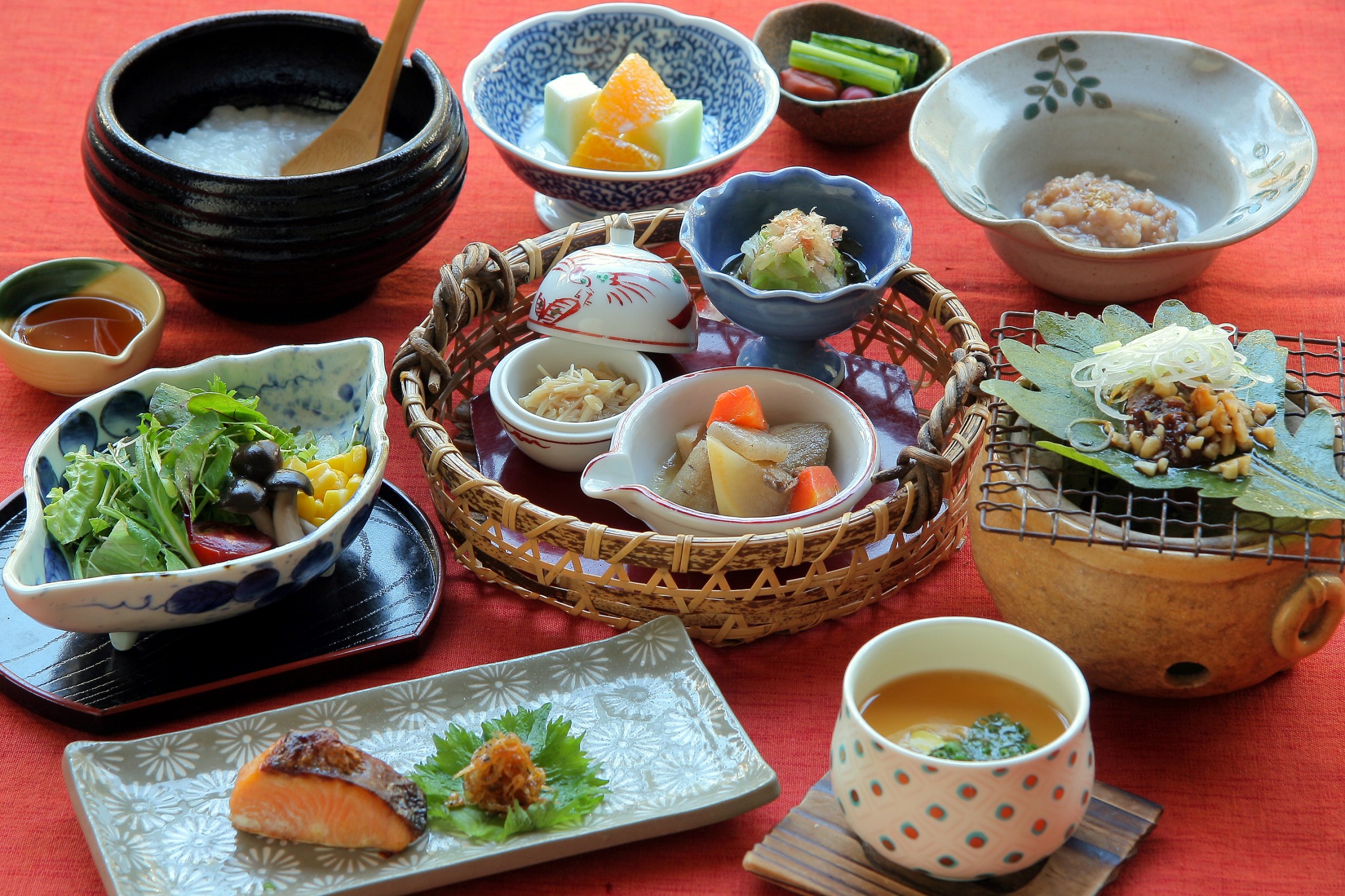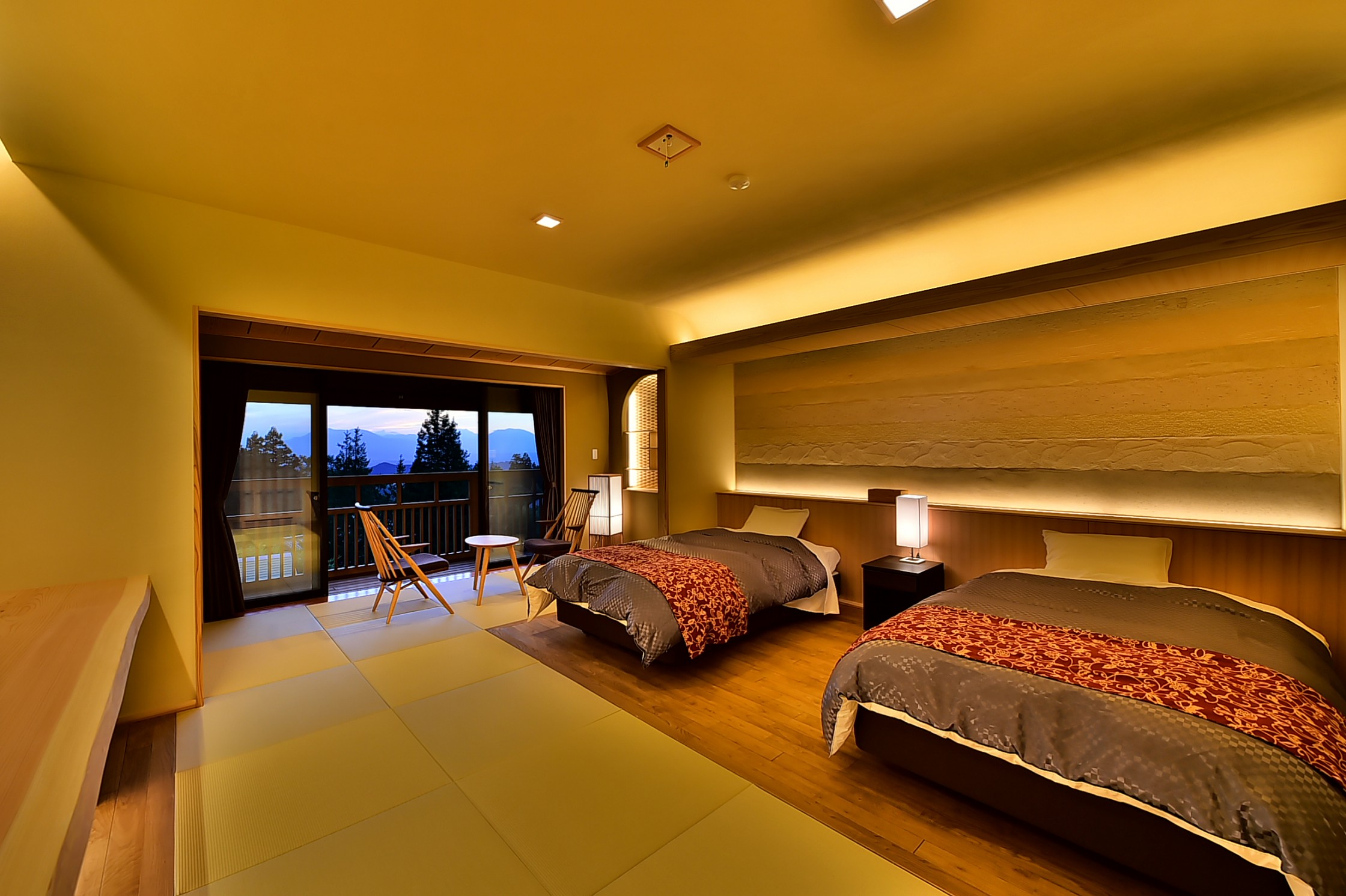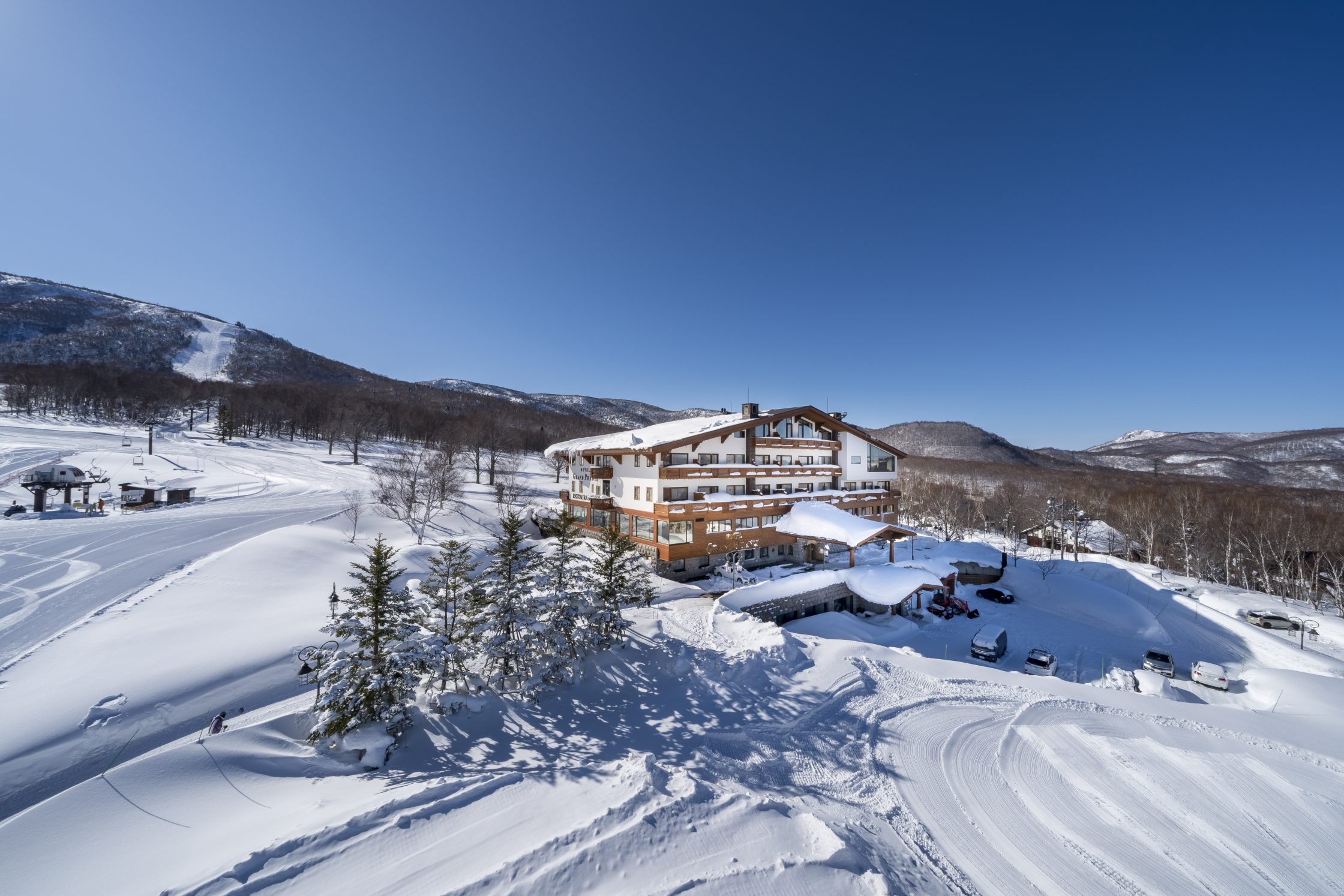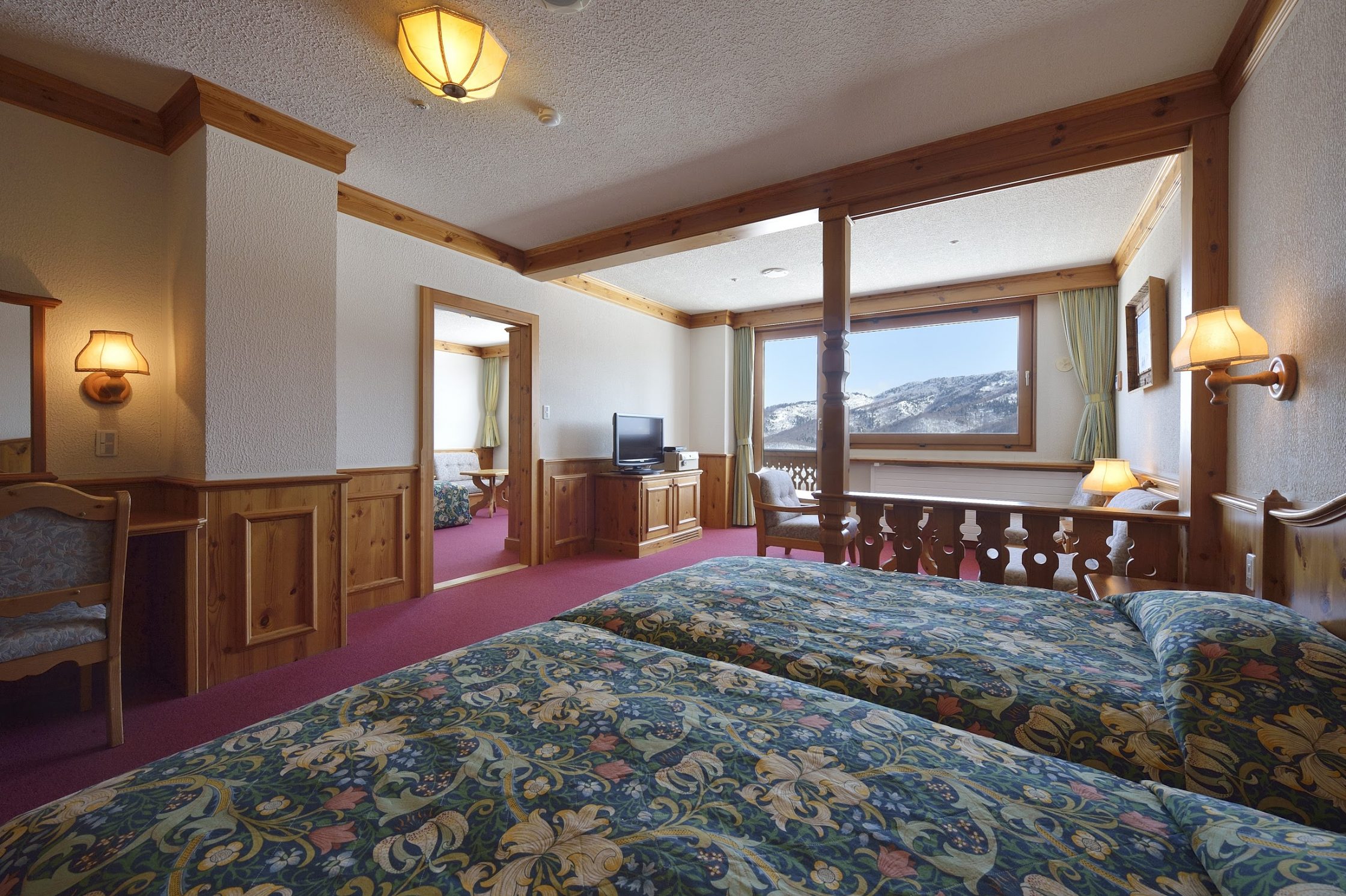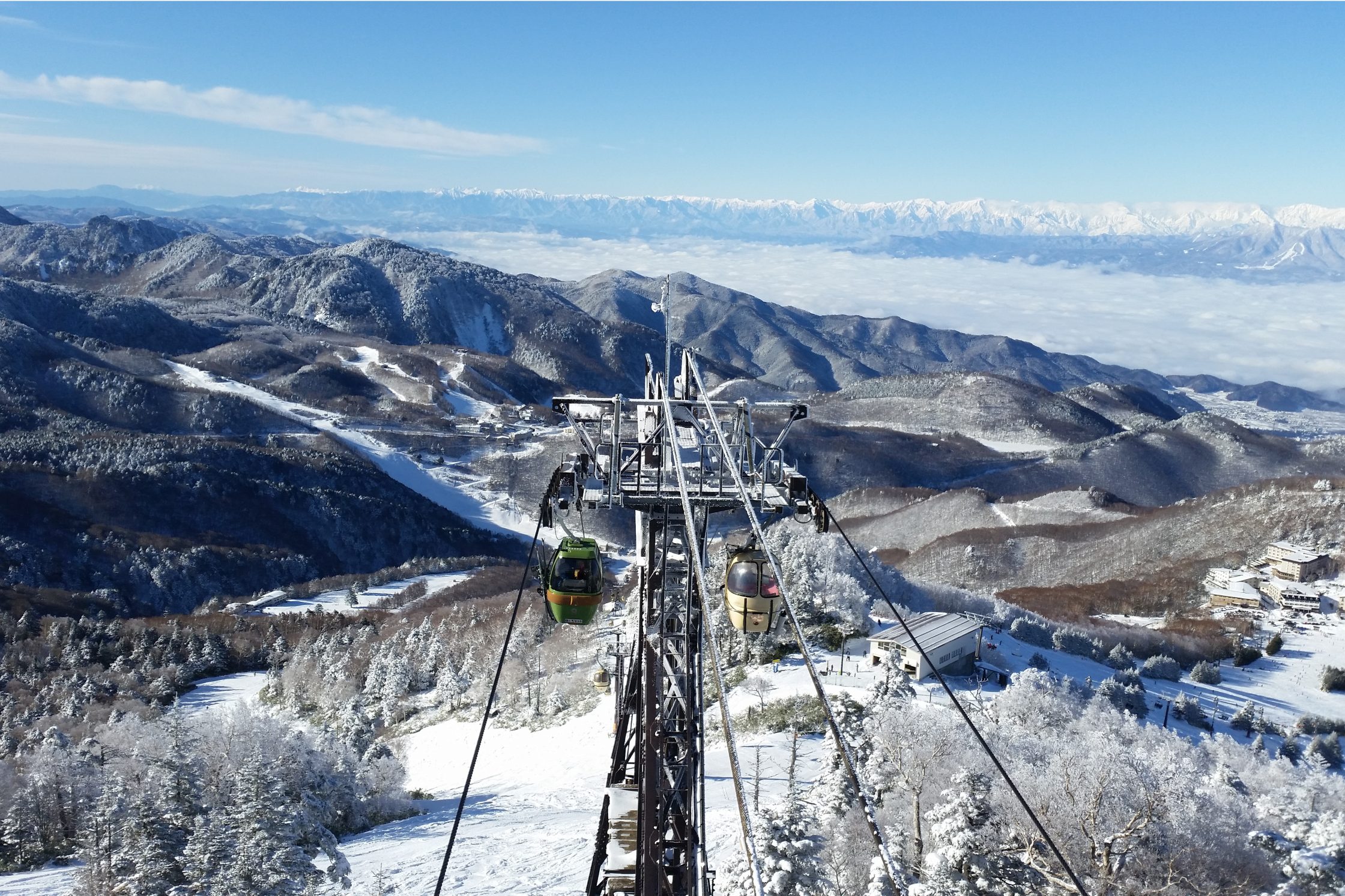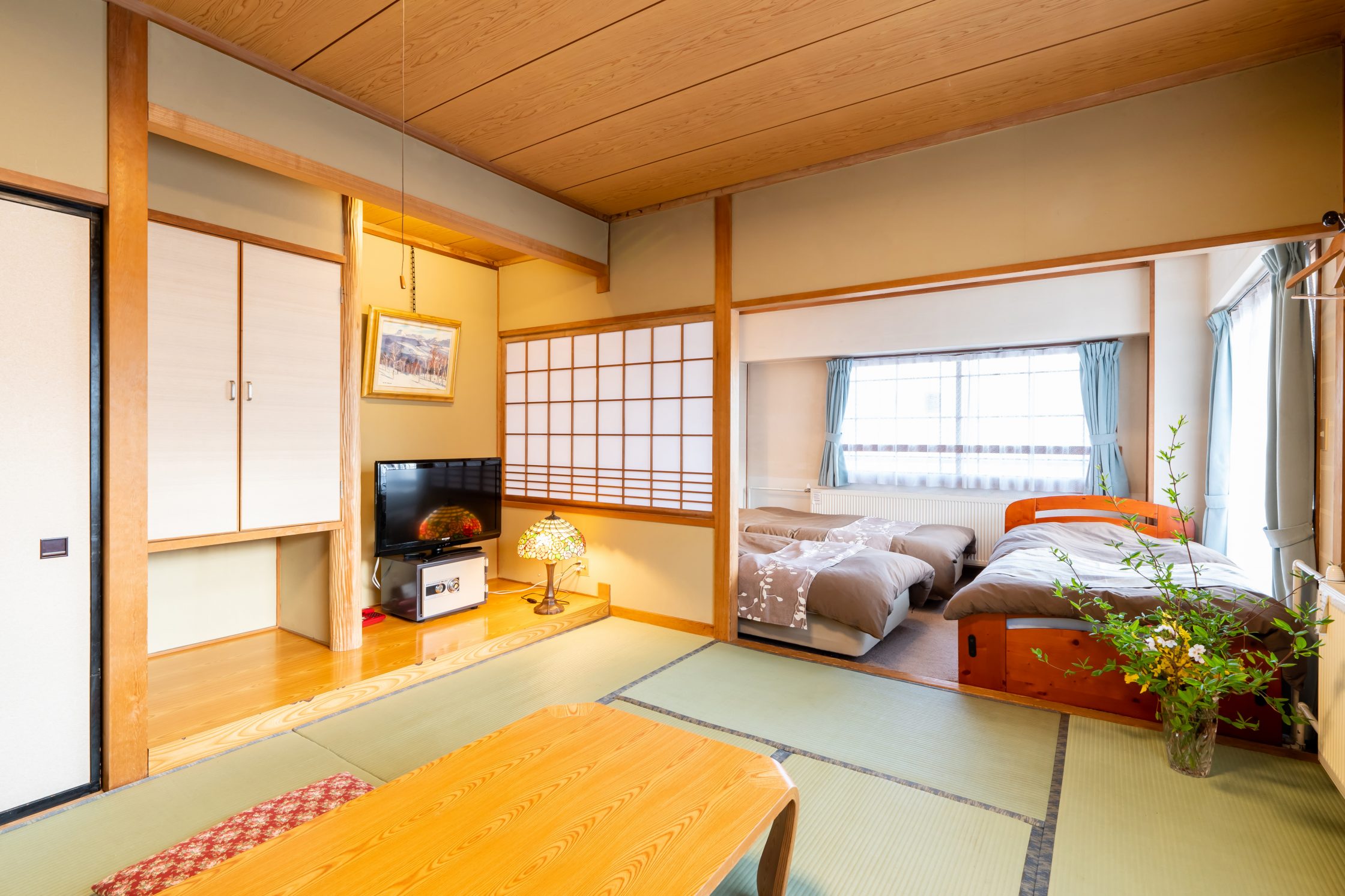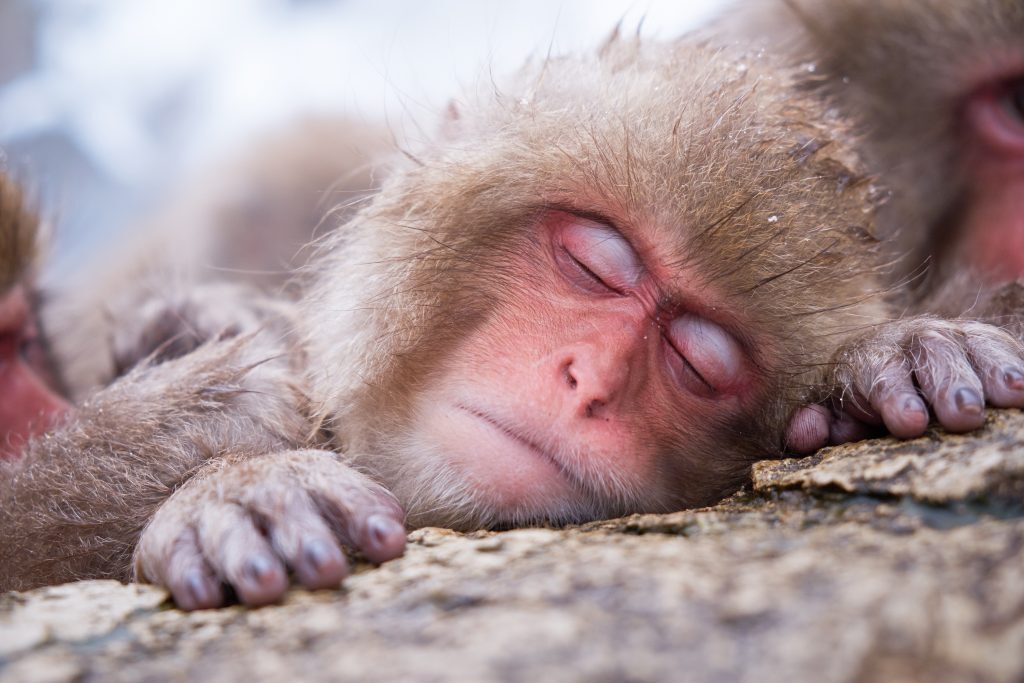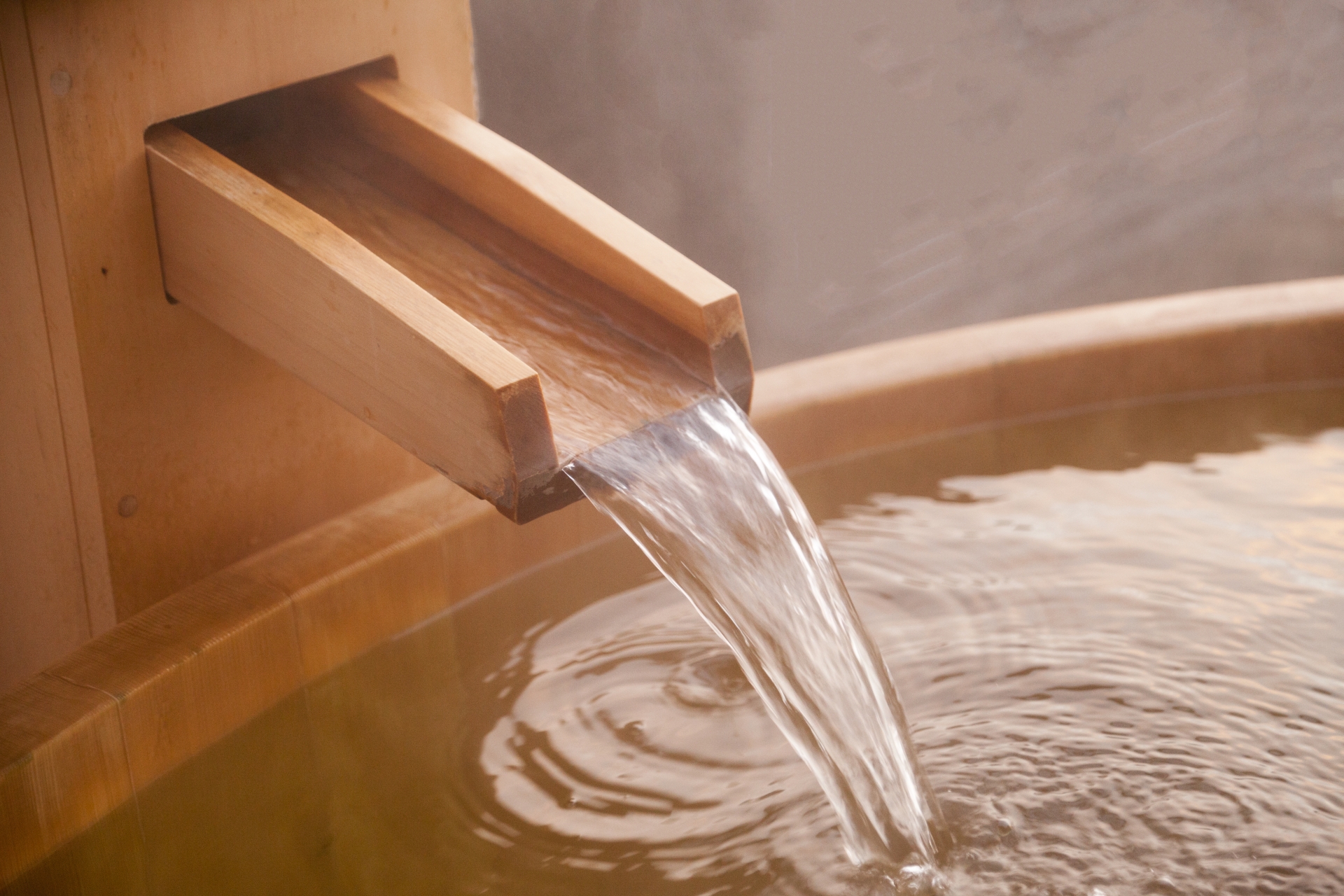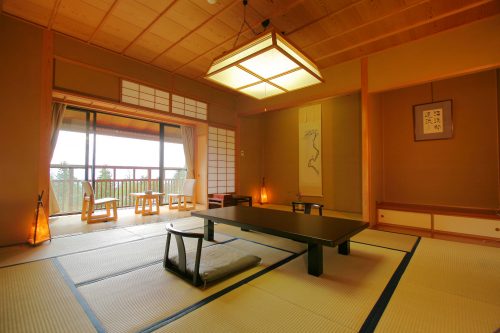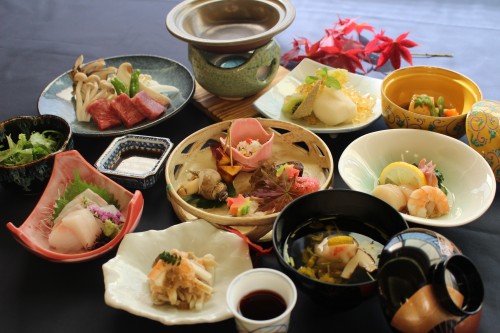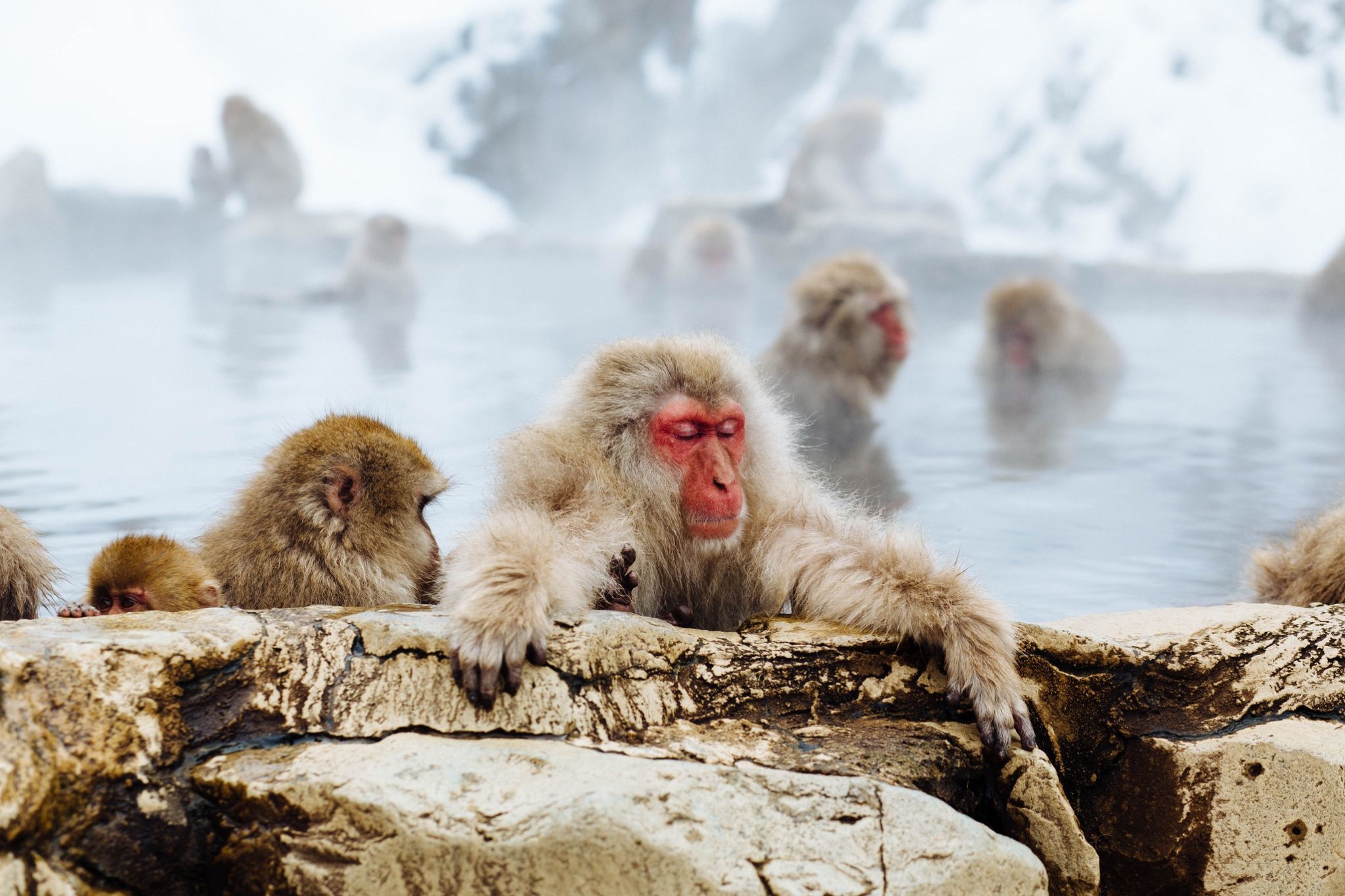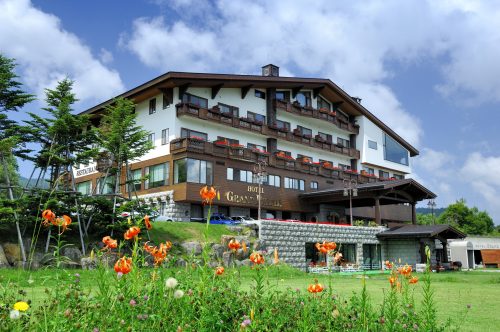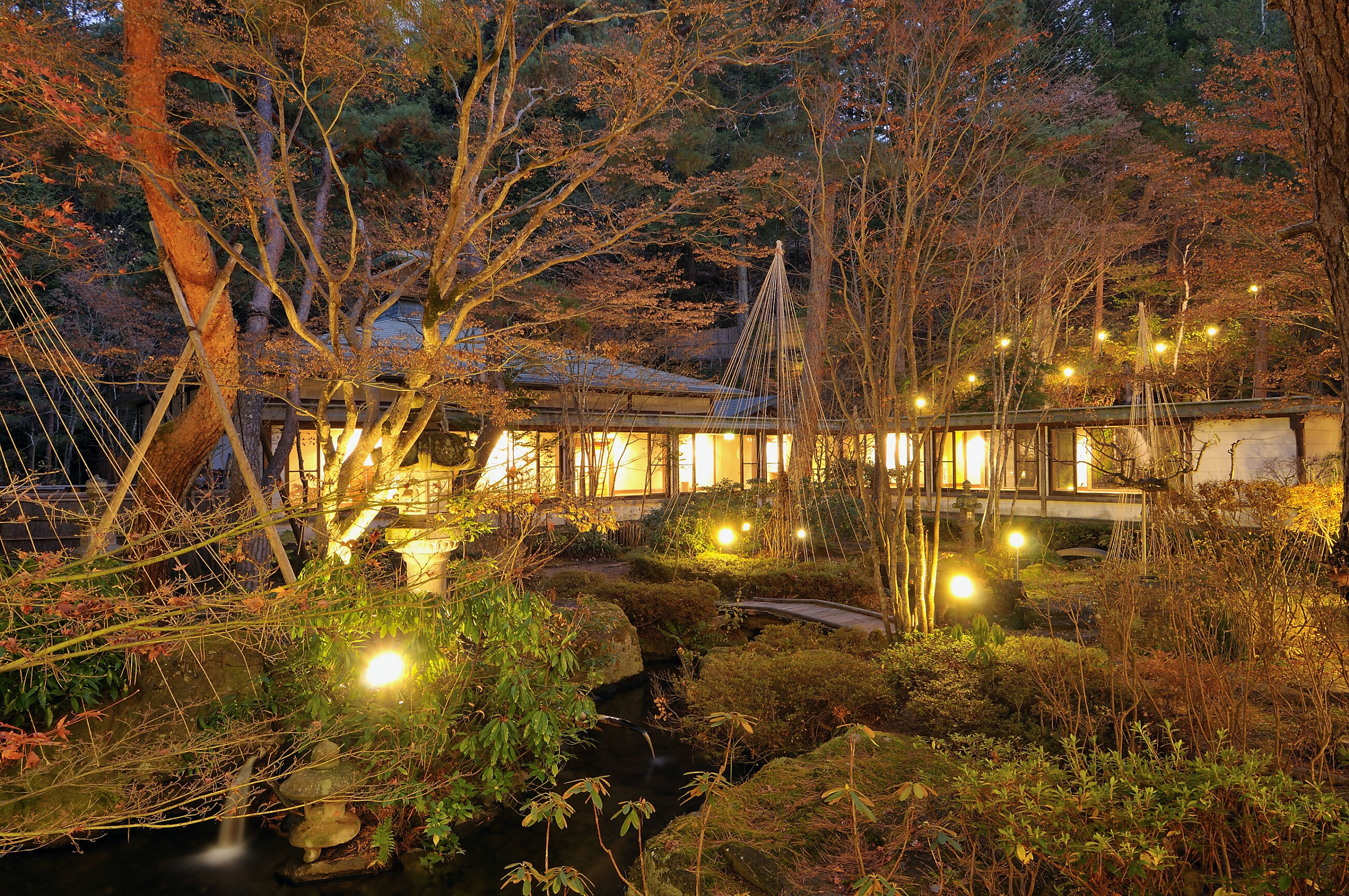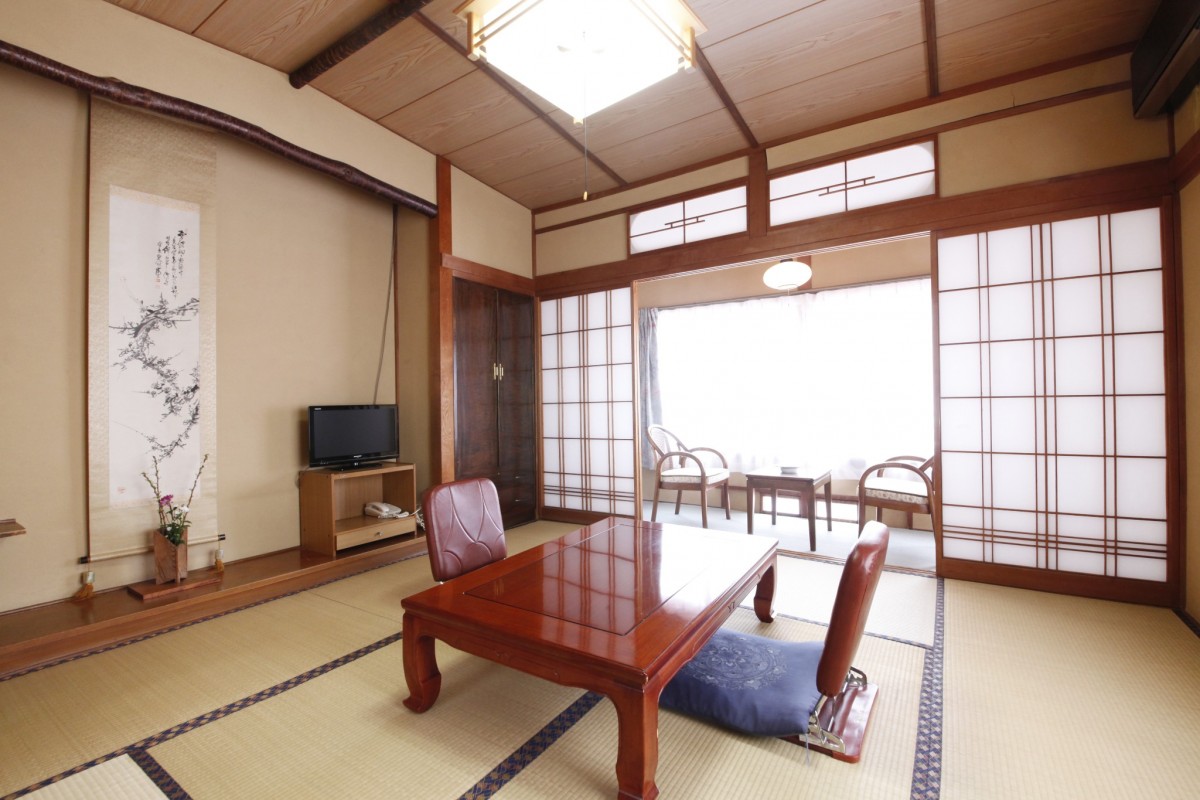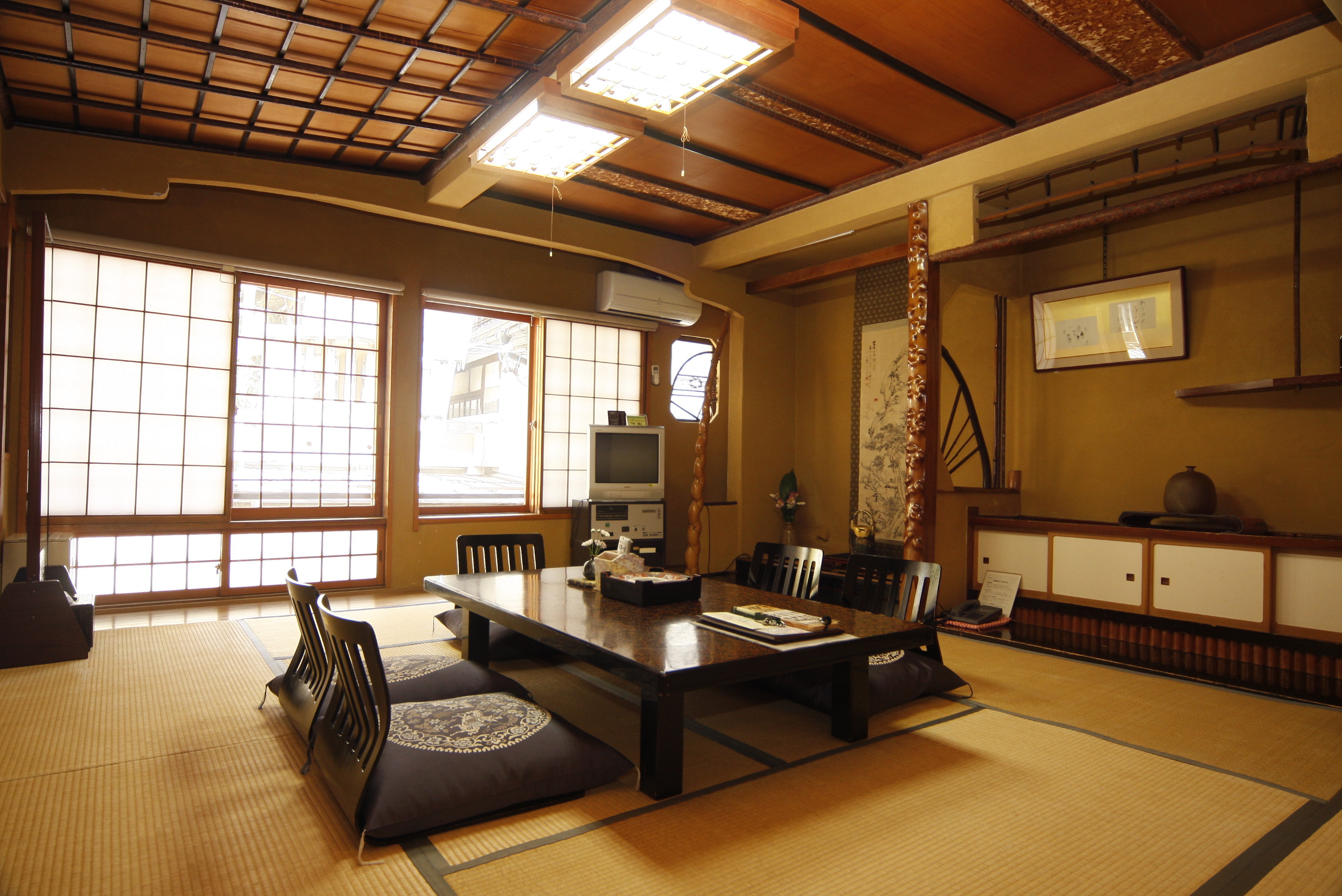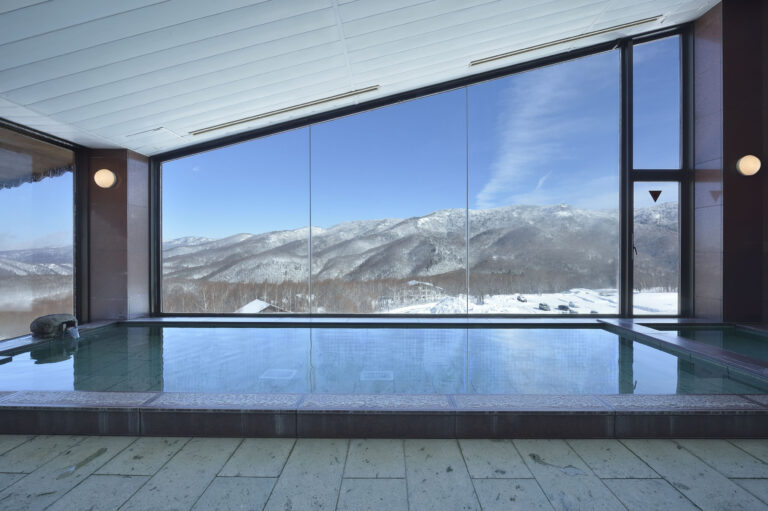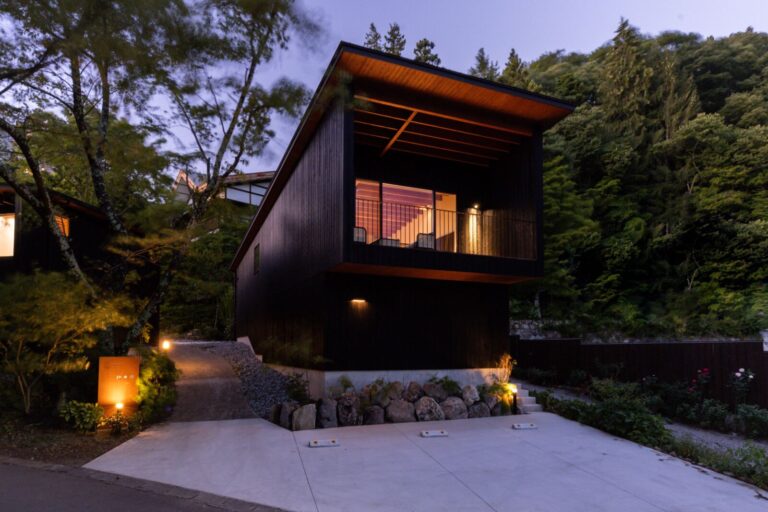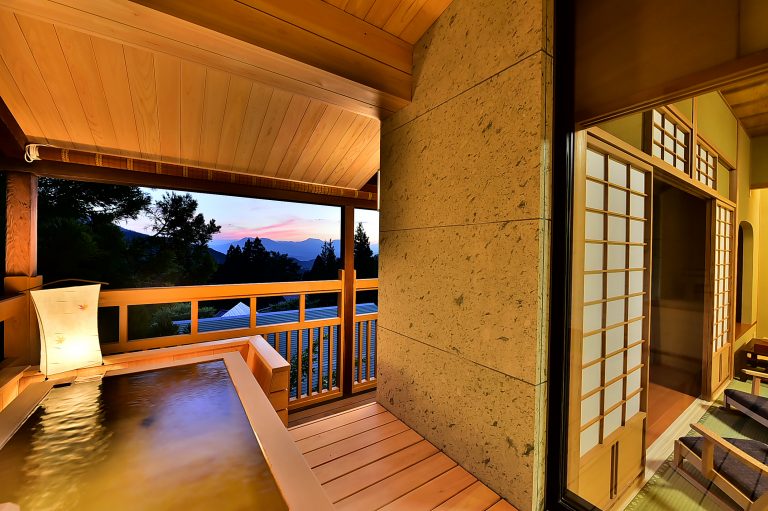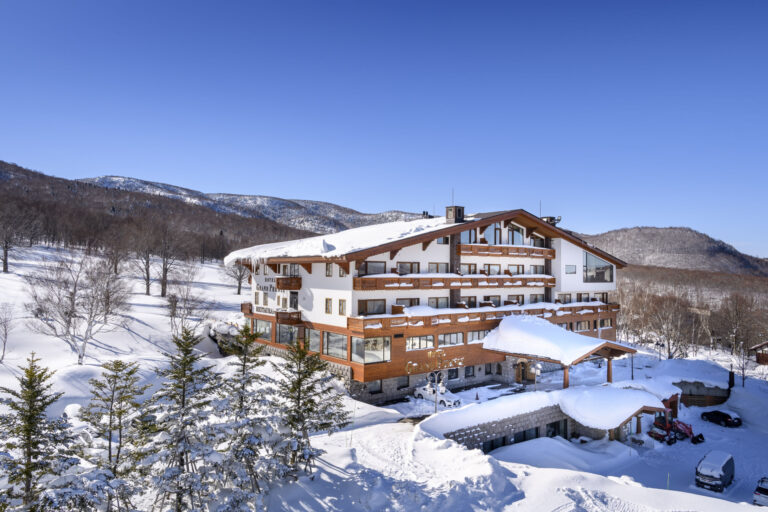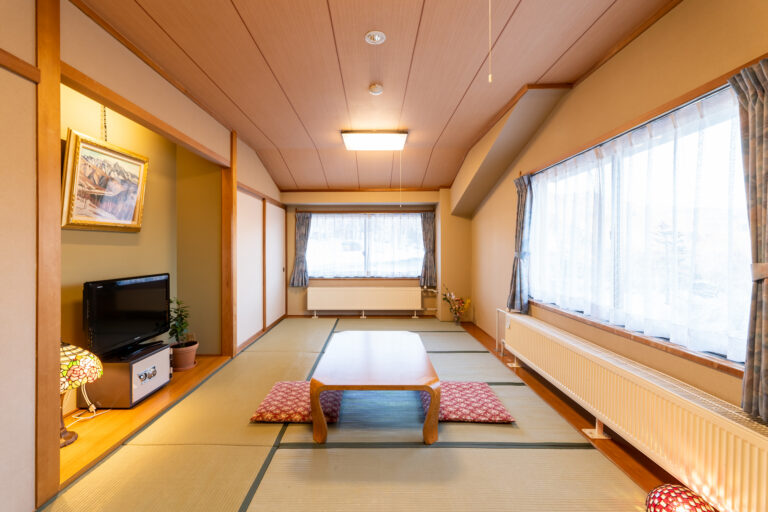Chapter 1 General Provisions
(Scope of Application)
This tour terms & conditions document represents a portion of the terms of transaction stipulated in Article 12-4 and 12-5 of the Travel Agency Law.
1. Contract for Agent-Organized Travel Package
(1) Responsibility rests with the company operating Agent-Organized Travel Packages (hereinafter referred to as the ‘Company’) whose name in full appears below and in its printed and online material. Clients agreeing to travel arrangements with the Company, shall conclude an Agent-Organized Travel Packages Contract (hereinafter referred to as the ‘Travel Contract’) with the Company.
(2) The Company shall provide travel arrangements and itinerary management so that the client receives travel services including tours, ticketing, rental services, transport and/or accommodation (hereinafter referred to as a ‘Travel Package’) provided by transportation/accommodation operators during the travel itinerary set by the Company.
(3) The content and conditions of the contract shall conform to those specified for each travel itinerary, conditions as specified hereunder and Agent-Organized Travel Packages as described in the Company’s general terms and conditions as based on the Travel Agency Law (hereinafter referred to as “General Terms and Conditions of Agent Organized Tours”).
2. Application of Agent-Organized Travel Packages Contracts and their Conclusion
(1) The client shall provide information on the Company application form as required by the Company and submit the form together with the necessary reservation deposit. Paid deposit shall be subject to the relevant fare, cancellation charges or penalties.
(2) The Company may accept applications for travel contracts by online application.
(3) The Travel Contract shall become valid upon the Company’s notification of acceptance of the Travel Contract in advance of the payment.
(4) When applying for group travel arrangements (more than 2 people), the Travel Contract conclusion shall be exchanged between the Company and the group representative.
(5) The Company shall not be responsible for any responsibilities or obligations the group representative holds in the past or in the future.
(6) In case the group representative does not accompany the group, we shall consider one of the members who have been selected by the representative as the group representative who is responsible for the contract after the Travel Package starting day.
(7) If the Travel Contract cannot be finalized due to full occupancy in seats or rooms or other reasons at booking, the Company may ask the client to wait until the specified date with his/her consent.
(8) The client shall notify the Company when submitting application if requiring special consideration during the travel period, the Company shall comply with such requests when feasible.
3. Special Conditions of Travel Package and/or Tour Application
(1) A client under 20 years of age traveling alone during the Travel Package and/or tour period shall provide the Company with the written consent of his/her guardian. Clients under 13 years of age must be accompanied by a parent or guardian.
(2) The Company may refuse an application if any one of the client’s age, qualifications, skills or other conditions do not conform to those designated for Travel Packages including tours aimed at specific customer categories or purposes.
(3) Clients who require special attention from the Company during the Travel Package including tours for reason of chronic disease, general ill-health, pregnancy or physical handicap, shall advise the Company of this when applying for the Travel Package. The Company shall comply with such requests to the extent deemed feasible and reasonable. And if the Company takes a special arrangement in compliance with the client’s request, the client shall be responsible for incurred expenses related with the request. The Company may require clients to present a medical certificate. The Company may refuse a client’s application if conditions at travel destinations and facilities are such that safe, smooth operation cannot be guaranteed, or require the client to be accompanied by an escort. In some cases, including tours with specific age and/or fitness and mobility requirements, the Company shall change a part of the itinerary or recommend the client to join another tour with the minimum extra charge or refuse his/her participating the tour. In regards to Clauses 1, 2 and 3, the Company shall make notification concerning the acceptance or rejection of client participation in the tour within one week of application submission.
(4) If the Company determines that the client needs medical diagnosis or treatment by a physician owing to illness, functional disease or other reasons during the Travel Package including a tour, the Company shall take measures necessary to ensure smooth operation. All costs resulting from such measures shall be borne by the client
(5) Independent activities for reasons of the client’s own choosing shall not be arranged by the Company during the Travel package and/or tour. However, the Company may, depending on the specific travel itinerary, arrange such activities under separate conditions.
(6) The Company may refuse client participation if it determines that he or she threatens to embarrass, inconvenience or interfere with the collective activities of Travel package and/or tour participants.
(7) The Company may also refuse client participation for operational reasons.
4. Payment of Travel Fare
The Travel Fare (hereinafter referred to as the ‘fare’) shall be paid no later than the day stipulated on the invoice separately issued and sent to a customer.
Any transaction fee i.e. credit card surcharges, bank transfer fees or any other service fees applied during the payment process must be paid by the client and are not the responsibility of the Company.
5. Application of the Fare
(1) Clients 13 years of age or more shall be charged adult fare and those aged 6 to 12 shall be charged child fare unless otherwise specified. One child five years of age or less can join in the company of an adult, but will receive no services such as meals.
(2) The fare is indicated for each Travel Package and travel itinerary. Clients are asked to confirm the fare according to the departure date and the number of participants.
(3) The fare shall be the basis for calculating the cancellation charge (Article 11-1), non-fulfillment fee (Article 13) and any fees for changes (Article 19).
6. Included in the Fare
The following may include items unrelated to the Travel Package you choose. Please note that the items included in the fare are limited only to those specified in the itinerary. In principle, the Company will not make refunds of the fare the items listed below, even if clients choose not to use the relevant services:
Meals: Meals as specified in each itinerary.
Transport: Train, bus and other transport services specified in each itinerary. Reserved seating will not be provided unless specifically agreed in the Travel Contract.
Sightseeing & Excursions: Admission fees to sightseeing sites including temples, shrines, museums, rental equipment necessary for certain activities, etc., as specified in each itinerary.
Transfers: A microbus may be used if the total number of participants exceeds a certain number.
Guide Services: English-speaking staff accompanying service is listed under the “Included” column for each tour.
Tax: Consumption Tax.
7. Not Included in the Fare
Charges and expenses other than those specified in the preceding Article 6, such as:
Laundry, telephone, additional meals and drinks, and any other expenses of personal nature.
Excess baggage.
Medical expenses for injuries and illness.
Travel, including transport, and accommodation costs between arrival/departure and the start and endpoints of the itinerary.
8. Revision of Travel Service Content
The Company may, after conclusion of the Travel Contract, revise its contents and services for any of the following reasons: natural calamity or disaster, weather conditions, civil unrest, suspension of services rendered by transport/accommodation facilities, provision of transportation not based on the original operational plan, governmental orders, or other circumstances beyond the Company’s control. The Company reserves the right to take necessary measures when safe, smooth operation in accordance with the itinerary is deemed impossible, or when there is valid reason to believe that the travel, including any tour, cannot continue. In such cases, the Company must explain in a timely manner its inability to function according to the Travel Contract under the circumstances. However, said explanation may be made after revisions are made when conditions demand.
9. Change of Fare
The Company may revise its schedule of fees in accordance with increases or reductions of transport fares and/or charges for Agent-Organized Travel Packages owing to unusual or unforeseen economic developments. In such cases, the Company shall notify the client no later than the 15th day prior to the eve of departure.
The Company may, when travel and/or tour operational costs have risen owing to factors as stipulated in Clause 8 or above, revise the fare accordingly, except when substitutions are required because of a shortage of such facilities, such as transport seats, etc.
In the event travel costs decrease, the Company shall reduce the fare accordingly.
If the Company specifies that the fare is dependent on the number of participants and there is a change in the number of the participants due to reasons beyond the Company’s control, the Company shall change the fare within the allowable range specified in the Travel Contract.
10. Change of Participants
A client who has entered into a Travel Contract may, with the Company’s consent, transfer the status in the contract to a third party. In this case, the clients shall enter the required information in the form provided by the Company and submit it together with the specified handling fee. The transfer of status in the contract to a third party as stipulated in Item 1 of this Article shall become valid by the consent of the Company.
11. Cancellation of Travel Contract by the Client
(1) The client is at all times entitled to cancel the Travel Contract, but must pay the Company a cancellation charge as stipulated in Article 13 below.
(2) If the client wishes to change the Travel Package and/or tour date for his or her convenience, the Company shall comply with such requests when feasible. However, if such a request could not be met by the Company, the specified cancellation charges will be levied on the client.
(3) In any of the following cases, the client may cancel the Travel Contract without paying a cancellation charge.
a) When the contents of the Travel Contract have been substantially revised. However, changes shall be limited to the cases listed in the left side of the table in Article 19 and other important circumstances.
b) When the fare is increased in accordance with Article 9-1.
c) In cases where natural calamity or disaster, weather conditions, civil unrest, suspension of services related to transportation, accommodation and other facilities, governmental orders, or other causes make safe, smooth operation impossible, or when there is a valid reason to believe the Travel Package and/or tour cannot continue.
d) When the Company has not delivered the agreed travel itinerary to the client by the prescribed date.
e) When operation becomes impossible owing to factors for which the Company is liable.
(4) The Company shall refund the remaining amount of the received fare after deducting cancellation charges. When the Travel Contract is cancelled due to the reasons specified in Clause 3, the Company shall make the full refund of the received fare.
12. Cancellation of Travel Contracts and Travel Packages by the Company
(1) If the client has not paid the fare by the prescribed date, the Company may cancel the Travel Contract. In such cases, the clients shall pay the Company the applicable cancellation charge.
(2) In any of the following cases, the Company may cancel the Travel Contract.
a) When it becomes evident that the client does not satisfy the gender, age, mobility, health, qualification, skill or other requirements specified by the Company for participation in the Travel Package and/or tour.
b) When the client is recognized as unfit to join the Travel Package and/or tour owing to illness or for other reasons.
c) When there is evidence that the client threatens to cause other participants embarrassment or inconvenience, or might otherwise interfere with the smooth performance of the collective activities of the Travel Package and/or tour.
d) When the minimum number of participants as stipulated by the Company in the Travel Contract has not been met. In such cases, the Company shall notify the client of Travel Package and/or tour cancellation no later than 14th day prior to the initial departure date.
e) When the necessary conditions as clearly stated at the conclusion of the Travel Contract cannot materialize, such as insufficient snowfall for ski Travel Packages and tours, or when there is valid reason to believe that the required conditions cannot be met.
f) In the event of a natural calamity or disaster, poor weather conditions, civil disturbance, suspension of services related to transportation, accommodations, etc., governmental orders, or other circumstances beyond the Company’s control, and when safe, and smooth operation according to the itinerary specified in the Travel Contract has become impossible, or there is a valid reason to believe that the Travel Package and/or tour cannot continue.
g) When the client demands things that are beyond the reasonable scope of the details in the contract.
h) Even after the correspondence contract has been concluded, if the Company cannot receive the amount specified for the fare due to invalidity of the client’s credit card or in accordance with the credit company’s agreement.
(3) When the Company cancels the Travel Contract in accordance with Clause 1. hereinabove, it shall refund payment after deducting the specified penalties from said payment. When the Company cancels a Travel Package and/or tour in conformity with Clause 2, hereinabove, it shall refund the full amount of the fare received from the client.
13. Cancellation Rates
(1) If a client cancels the Travel Contract for personal reasons, the following cancellation rates will apply to the fare. The following rate applies to cancellations of the Travel Package and/or tour:
Cancellation Rate applied to tours/day-trips:
(1) If notice of cancellation is received by the Company 11 days or more days prior to the starting date of the tour: No Charge.
(2) If notice of cancellation is received by the Company 10 days to 8 days prior to the starting date of the tour: 20% of the tour fare.
(3) If notice of cancellation is received by the Company 7 days to 2 days prior to the starting date of the tour: 30% of the tour fare.
(4) If notice of cancellation is received by the Company 1 day prior to the starting time of the tour: 50% of the tour fare.
(5) If notice of cancellation is received by the Company on the day of the tour, after the departure time of the tour, or in case of failure to show without notice: 100% of the tour fare.
Overnight trips including accommodation or accommodation only. General accommodation:
(1) If notice of cancellation is received by the Company 21 days or more days prior to the starting date of the travel package: No Charge.
(2) If notice of cancellation is received by the Company 20 days to 8 days prior to the starting date of the travel package: 20% of the package fare.
(3) If notice of cancellation is received by the Company 7 days to the day of the travel, or in case of failure to show without notice: 100% of the package fare.
Overnight trips including accommodation or accommodation only. Self-contained accommodation:
(1) If notice of cancellation is received by the Company 91 days or more days prior to the starting date of the travel package: No Charge.
(2) If notice of cancellation is received by the Company 90 days to 61 days prior to the starting date of the travel package: 20% of the package fare.
(3) If notice of cancellation is received by the Company 60 days to the day of the travel, or in case of failure to show without notice: 100% of the package fare.
Non-guided travel packages including flights and accommodation, purchased from September 7 2022 onward:
(1) Upon payment of your travel package, the following cancellation fees will apply: 20% of the package fare and in addition, any further cancellation fee applied by the airline/s.
(2) If notice of cancellation is received by the Company 60 days to the day of the travel, or in case of failure to show without notice: 100% of the package fare.
(2) By paying the fare, the client agrees to the above cancellation policy. Any divergence from this policy including accommodation with a different cancellation policy, will be brought to the client’s notice by the Company prior to payment of the fare.
(3) In case of cancellation in booking via travel loan beyond the Company’s control, the above cancellation charges will apply.
(4) If a client fails to pay the fare by the designated date, the Company will assume the client has canceled as of the following day, and the cancellation charges specified above will apply.
(5) Timing of notice of cancellation is based on Japan local time.
(6) Any transaction fee i.e. credit card surcharges, bank transfer fees or any other service fees applied during the refund process must be paid by the client and are not the responsibility of the Company.
14. Cancellation After Departure
(1) Cancellation by Client:
a) When the client leaves the travel group for personal reasons, the Company will consider it a forfeiture of contracted rights and claims to any refund.
b) If certain services cannot be provided as promised in the Travel Contract for reasons beyond the client’s responsibility, relevant portions of the contract may be canceled, with the appropriate refund deducted from the fare.
(2) Cancellation by the Company:
The Company may cancel the Travel Contract for a Travel Package and/or tour after the departure date in the following cases:
a) When the client is unable to continue the Travel Package and/or tour owing to illness or other factors.
b) When the client seems to disturb the order of collective activities of Travel Package and/or tour participants by negligence of instruction from Travel Package and/or tour conductor or violent deeds or menace towards these people or those accompanying them, which otherwise Jeopardizes safety, smooth operation.
c) When the Travel Package and/or tour cannot continue owing to natural disaster, weather conditions, civil unrest, labor disputes, suspension of services by transportation or accommodation facilities, governmental orders, or other causes beyond the Company’s control.
(3)Cancellations and Refunds:
If the Company cancels the Travel Contract in accordance with the Clause 2-1) hereinabove, travel services rendered to the client shall be deemed as having been completed, and a refund from the fare shall be paid for services not yet rendered. In cases where travel services are not rendered owing to cessation of operation, or services for which the Company has paid, (or will pay) expenses, cancellation charge, penalty, or etc., the Company will refund only the balance thereof.
(4) Cancellations and Refunds:
If the Company cancels the Travel Contract in accordance with the Clause 2-1) hereinabove, travel services rendered to the client shall be deemed as having been completed, and a refund from the fare shall be paid for services not yet rendered. In cases where travel services are not rendered owing to cessation of operation, or services for which the Company has paid, (or will pay) expenses, cancellation charge, penalty, or etc., the Company will refund only the balance thereof.
15. Refund of Travel Costs
(1) Should the Company incur any liability to make a refund to a client in case such as the fare reduction in accordance with Article 9, and if either the client or the Company has canceled the Travel Contract in accordance with Article 11 through 14, the Company shall make said refund within the 7th day from the next day of cancellation, when effecting refund before departure, and within 30 days counting from the day after the Travel Package ends, as stipulated in the contract in case of reduction or cancellation after departure. However, should there be any expenses as cancellation charges, penalties, etc. which the Company has already paid or will have to pay for services not provided because of cancellation, said expenses shall be borne by the client.
(2) The client shall be required to request a refund at the sales office where the client bought the Travel Package within one month of the planned departure day.
16. Liability of the Company and Exemptions
(1) In performing its obligations under the terms of its Travel Contract, should the Company cause damage to the client through willful negligence or fault, the Company shall be liable for such damages. However, this only applies if the damage report is made within 2 years reckoned from the day following the occurrence of the damage.
(2) The Company shall compensate for damage to baggage as stated above, provided that said damage is reported within 14 days counting from the day after the occurrence, up to a maximum of 150,000 yen per person. Not applicable when damage is caused intentionally by the Company or through serious negligence.The Company shall not be liable for damages incurred by clients as stipulated in Clause 1 hereinabove if any of the following reasons apply:
a) Natural disaster, war, civil unrest, and alteration or cancellation of travel itinerary due to such causes.
b) Accidents during transportation or at accommodation, including damages stemming from fire, earthquake or any event as stipulated above.
c) Cessation of services related to transportation or accommodation facilities, and travel itinerary alteration or cancellation owing to such causes.
d) Orders of either Japanese or foreign governments, immigration regulations, isolation resulting from infectious diseases, and travel itinerary alteration or cancellation owing to such causes.
e) Accidents occurring during the client’s free activities.
f) Food poisoning.
g) Theft.
h) Delays, stoppages, changes of schedule and route in relation to transportation facilities, travel itinerary alterations and/or shortened stays at destinations owing to such causes.
17. Special Indemnifications
1. In accordance with the Travel Contract, the Company shall pay compensation, or provide condolence money to the client in the event of death or significant bodily harm and/or pay compensation money for damage to baggage, which is either coincidental with or due to extenuating circumstances encountered during the Travel Package, regardless of the Company’s responsibility as stipulated in Article 16-1. Regardless of whether or not the Company’s responsibilities set forth in Article 16 (1) should arise, pursuant to the Company’s Provisions on Special Compensation, for certain damages to life or body which may arise from unexpected or sudden external events during the customer’s participation in an agent-organized Travel Package, the Company will pay compensation for death in the amount of fifteen million yen (JPY 15,000,000); for residual disabilities, in an amount of no more than fifteen million yen (JPY 15,000,000); for condolence money for hospitalization, in an amount of no less than twenty thousand yen (JPY 20,000) and no more than two-hundred thousand yen (JPY 200,000); and for condolence money for hospital commutes, in an amount of no less than ten thousand yen (JPY 10,000) and no more than fifty thousand yen (JPY 50,000.) In case of damages incurred to personal effects and baggage, for each item or each set of items the Company will pay compensation of no more than one-hundred thousand yen (JPY 100,000), and for each agent-organized Travel Package, no more than one-hundred fifty thousand yen (JPY 150,000) per customer.
2. The Company shall not pay compensation or provide condolence money as stipulated in Clause 1 when damages result from the client’s willful negligence, driving while intoxicated and/or illness. The same restriction applies should the client engage in such dangerous sports and activities including any snow-related activity such as skiing, snowboarding, snowmobiling, use of snowscoots, snowdrives, sleds etc.
3. The Company shall not pay compensation or provide condolence money as stipulated in Clause 1 to any activities that are not included in Travel Contract such as skydiving, bobsledding, hang-gliding (motor- driven or otherwise), gyro-plane flying, mountain climbing (using such specialized tools as picks), and others not included in the Travel Contract and engaged in during a client’s free time.
4. Except for articles listed as exempted from the Company responsibility as specified in the Company’s terms and conditions, the following items are also exempted from the Company’s responsibility. Jewelry/precious metals (excluding those used for practical everyday use such as wrist watches and glasses), personal computers/word processors and accessories, data and similar items, drivers licenses, visas, deposit receipts (including bankbooks and bank cards) and similar articles, and equipment for skiing, snowboarding, windsurfing, scuba diving, surfing or similar sports.
5. In case the Company incurs both the duty to pay compensation as stipulated in Clause 1 and to indemnify client for damages in accordance with Article 16, both shall be regarded as “already executed” within their amount limits when any one of the above duties is satisfied.
18. Liability of Client
The Company shall require the client to indemnify the Company for losses sustained owing to a client’s willful negligence, fault, conduct against public order and good manners, or breach of provisions in the Company’s Organized Travel Contract.
(1) The client is required to make every effort to utilize information acquired from the Company and to understand the details of his/her rights/responsibilities as well as the details of the Travel Package conditions.
(2) After the start of the Travel Package, if a client should find that the Travel Package service provided is different from that specified in the Travel Contract, the client is required to report the discrepancy to the Company or Arrangement Agents for the Company or Tour Service Providers immediately.
19. Itinerary Booking Guarantee
(1) Should major changes occur in Travel Contract contents as stated below of the following table (except for changes mentioned in the 1 below), the Company shall calculate the change compensation money by multiplying fares by the rate indicated in the right-hand column of the table, and make refund to the client within 30 days counting from the day when the Travel Contract ends. However, if it is evident that liability as set forth in Article 16-1 occurs owing to said changes, the Company shall pay the amount not as compensation for changes but as either a portion or total amount of indemnification for damages.
(2) The Company shall not pay compensation for changes when they occur for the following reasons.
a) Bad weather and natural disasters, which hinder the travel itinerary.
b) War.
c) Civil unrest.
d) Governmental orders.
e) Suspension of services involving transportation, accommodations, etc., such as cancellation, interruption, cessation, etc.
f) Provision of transport services different from the original schedule, owing to delays or changes, in operation schedules.
g) Necessary measures to prevent participant death or bodily harm.
(3) Should cancellation in the Travel Contract be made in accordance with Articles 13 through 16, and should changes occur in such canceled portions, the Company shall not pay compensation.
(4) Even if major changes occur in Travel Contract contents, as stated in the left-hand column of the following table, the Company shall not pay compensation if they are changes in the agreed Travel Package and itinerary, and the changes are within the scope of services stated in the printed and online material of the Company.
(5) Regardless of Clause 1 hereinabove, the maximum amount of compensation for changes paid by the Company under one organized Travel Contract shall be the fare multiplied by 15%. This money will not be paid, however, if the total amount is less than 1,000 yen/円.
(6) When the situation warrants, the Company shall indemnify the client by offering economic benefits equivalent to compensation money, or damage indemnification instead of cash payment, if the client so agrees.
(7) If, after the Company has compensated for changes made in accordance with Clause 1 hereinabove, it becomes evident that the Company is responsible for the changes as stated in Article 16-1, the Company shall pay the client for the damages mentioned in Article 16 after deducting the sum already paid under the terms of Clause 1 hereinabove.
(8) The Company shall not provide compensation when the order in which travel services are provided change from those originally stipulated when all services are provided during the Travel Package.
CHANGES FOR WHICH THE COMPANY SHALL PAY COMPENSATION
Amount of compensation for changes apply to Travel packages specifically including a tour/s or day-trip/s. The following percentage per incident may be applied:
(1) Change in tour departure or termination date specified in tour brochures: If the client is notified by the day prior to start of tour 1.5%. If the client is notified after start of tour 3.0%
(2) Changes in destination or entry to tourist spots and/or facilities (including restaurants) stated in tour brochures: If the client is notified by the day prior to start of tour 1.0%. If the client is notified after start of tour 2.0%
(3) Changes in grade or equipment of transport facilities as stated in tour brochures to those of lower cost (only when the total price after change becomes less than stated in the Tour Contract.): If the client is notified by the day prior to start of tour 1.0%. If the client is notified after start of tour 2.0%
(4) Changes in transport vehicles or of the company operating them as stated in tour brochure: If the client is notified by the day prior to start of tour 1.0%. If the client is notified after start of tour 2.0%
(5) Regarding changes in items (1) through (4), above as relating to the tour titles in brochures, these rates shall apply instead of those for the above items: If the client is notified by the day prior to start of tour 2.5%. If the client is notified after start of tour 5.0%
Note 1: In the event that changes should occur between the details set forth in the brochure and those in the final schedule, or between the details set forth in the final schedule and the actual travel services provided, each change shall be respectively handled as one change.
Note 2: With regard to changes set forth in (5) above, compensation rates set forth in (1) through (4) shall not apply, and the compensation rate set forth in (5) shall apply.
Note 3: For transportation facilities, one change shall be deemed as one change per one ship or automobile boarded; and for other travel services, one change per one item.
Note 4: In the event that transportation facilities set forth in (3) and (4) accompany usage of accommodation facilities, changes shall be deemed as one change per overnight stay.
Note 5: For company name changes in transportation facilities as set forth in (3), it shall be deemed as changes if the facilities themselves have been changed.
Note 6: With regard to company name changes made to transportation facilities, changes including raises to a higher grade or facility shall not apply.
20. Recommendation for Travel Insurance
During travel, injuries may incur large sums of treatment costs or transportation costs. Accidents may also result in claims for damages and compensations in amounts which are difficult to collect from the offender. In order to secure oneself against such cases, we recommend that the customer take out international or domestic travel insurance of a sufficient amount for the entire period of their travel.
21. Validity of Tour Conditions and Fares
The conditions and fares specified on this website are valid as of May 14th 2021.
22. Others
(1) The client shall pay the expenses incurred when he or she asks for personal accompaniment by Company staff and/or tour conductor for such purposes as guiding shopping, etc., costs arising from client injury or illness, the return or articles left behind owing to personal negligence, as well as changes incurred by independent activity.
(2) The client shall accept all responsibility for decisions regarding individual purchases at souvenir shops even when said shops are introduced by the Company or its local tour operators.
(3) Other matters are subject to the Company’s Travel Contracts.
(4) These terms and conditions are subject to change to the Machinovate Travel Contract and governed and construed by the laws of Japan.
(5) The Nagano District Court shall handle all controversies arising from the interpretation and performance of these Terms and Conditions.
(6) Under no circumstances shall the Company re-conduct a Travel Package or tour.
